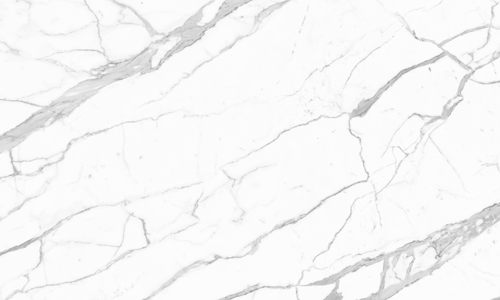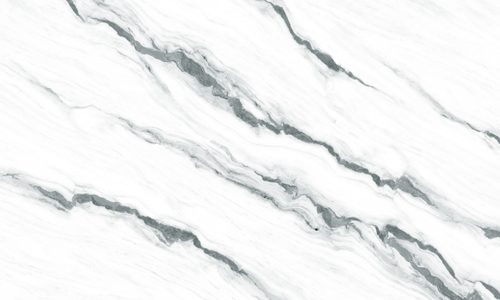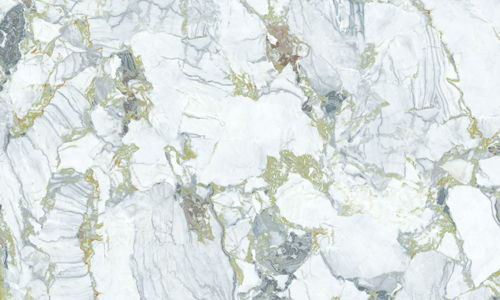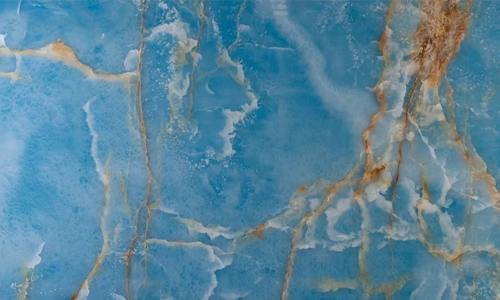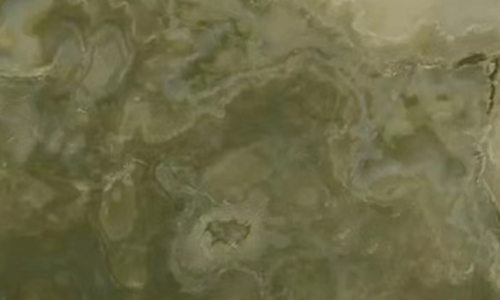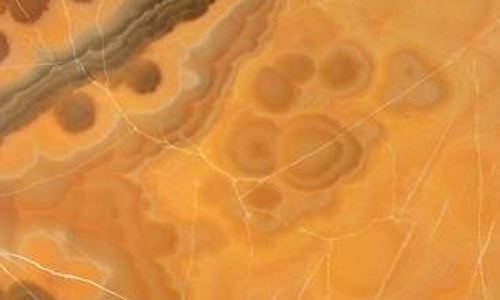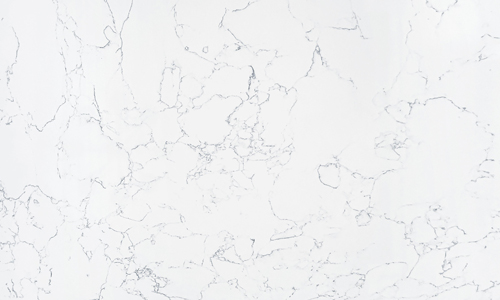In home decor, tables serve various purposes such as dining, coffee tables, and work surfaces. They not only enhance the aesthetic appeal but also need to be waterproof, oil-resistant, and easy to maintain. Owning an exquisite stone dining table truly makes for a feast for the eyes.
Today, let's discuss the pros and cons of marble and sintered stone dining tables.
Marble Countertop Tops: Pros and Cons
Pros:
Aesthetic Appeal and Elegance
Marble surfaces are bright and smooth, with a rich palette of colors and unique patterns. This is the charm of marble slabs, making them luxurious and high-end, which also provides excellent decorative effects.
In home decor, it can make the interior more fashionable, upscale, and splendid. When applied to dining tables, it helps create a dignified and grand dining atmosphere.
Stable Performance
Marble has stable physical properties and a dense structure, ensuring it does not deform over time and has a low coefficient of expansion. Compared to other dining table materials, marble has the advantage of high hardness, resistance to deformation, and wear resistance. Sharp objects find it difficult to scratch the surface (except in cases of violent damage), maintaining its perfect appearance and providing peace of mind.
Easy to Work With and Repair
Marble is easy to work with, allowing for the creation of various unique table designs. It is also easy to repair and can be restored through polishing and grinding.
Easy to Clean
After polishing, marble surfaces are bright and beautiful. Cleaning and maintaining a marble dining table is straightforward; a damp cloth is sufficient. Even if the water is not completely dried, it does not affect the surface, and marble's resistance to dust makes it more beloved.
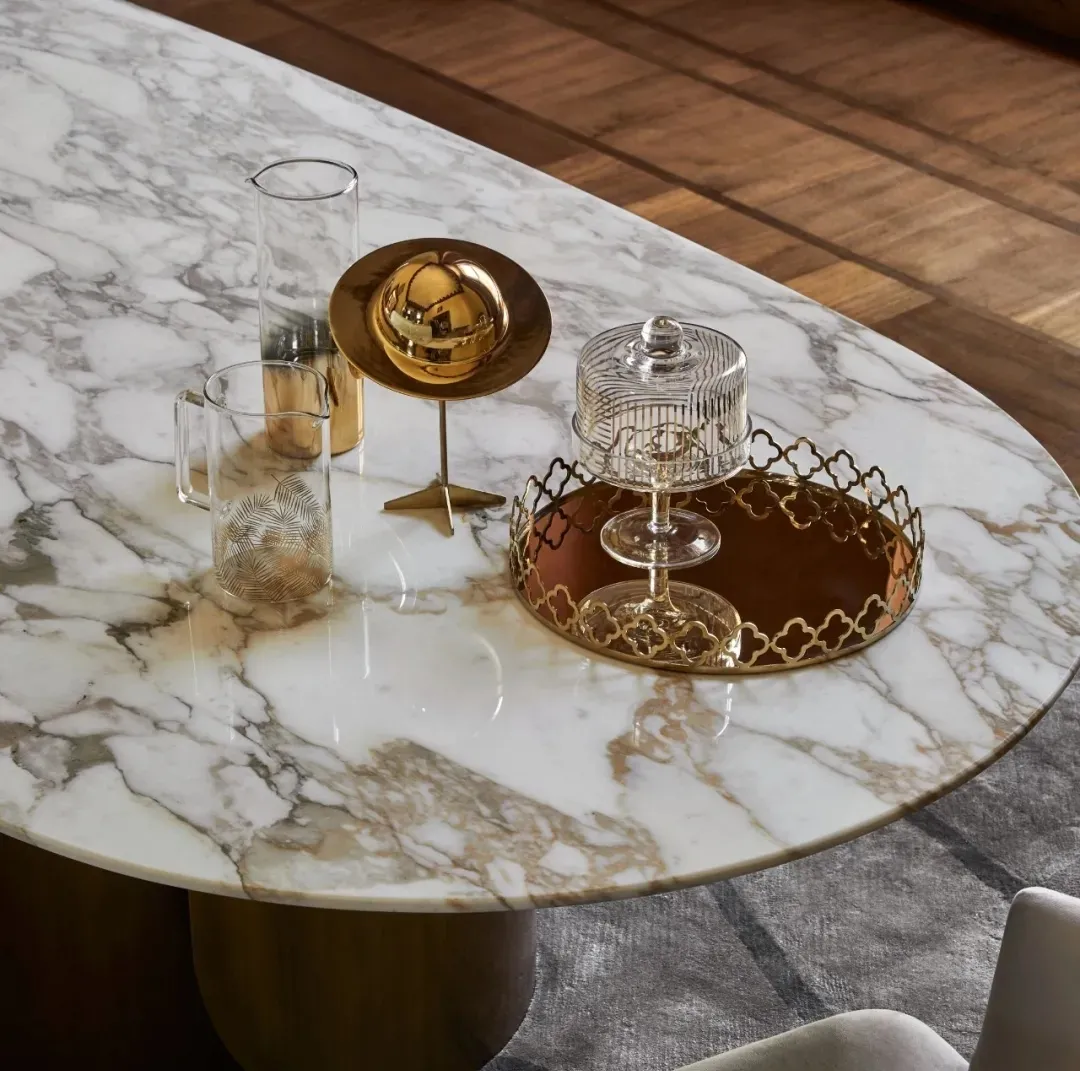
Cons:
Permeability The water absorption rate is an important indicator of marble quality. If water quickly disperses and penetrates the stone, it indicates a loose internal structure with larger pores, suggesting lower quality. If water droplets do not penetrate or do so very slowly, it indicates a compact internal structure with fine pores, indicating good quality.
Sintered Stone Countertops: Pros and Cons
Pros:
Stain Resistance
Sintered stone is close to being 100% stain-resistant. It is non-porous, thus not absorbing liquids, and stubborn stains are usually easy to remove from the surface. Additionally, sintered stone resists most chemicals and does not react with common acids, maintaining a clean surface.
Heat Resistance
Sintered stone is manufactured at extremely high temperatures, allowing it to absorb heat. Hot pots and other cookware placed on sintered stone will not damage it due to heat.
Durability and Hardness
Sintered stone kitchen countertops are very hard and durable, capable of withstanding most impacts. In fact, their durability is second only to stone or quartz and is generally unaffected by wear.
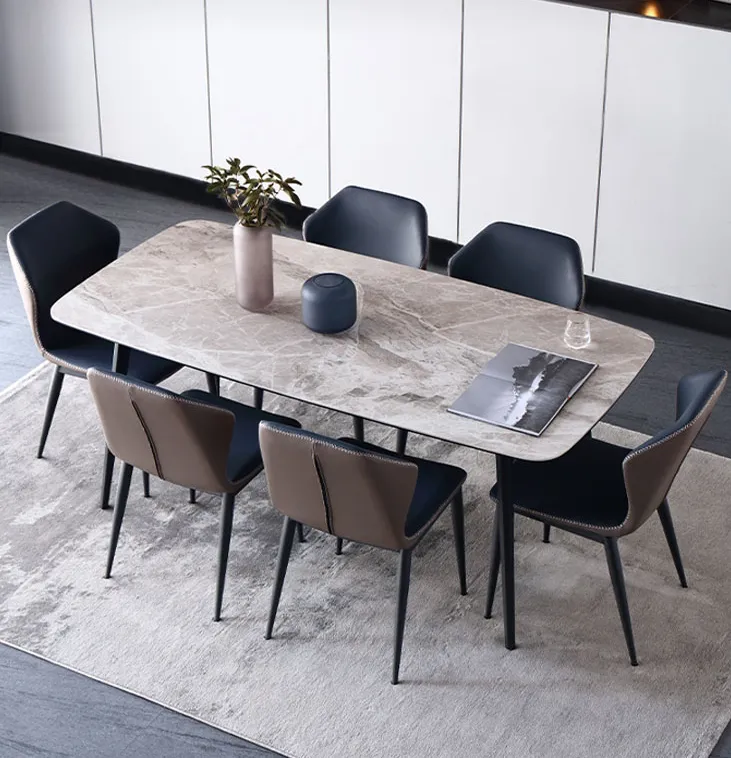
Cons:
Edge Chipping
Sintered stone is prone to edge chipping during cutting and processing, which is costly. It cannot be polished or repaired once damaged.
Limited Shaping
Due to its glass-like properties, sintered stone cannot be cut into complex shapes.
High Breakage Rate
Sintered stone material is relatively thin, and if not properly protected during transportation, it is highly susceptible to damage or breakage.
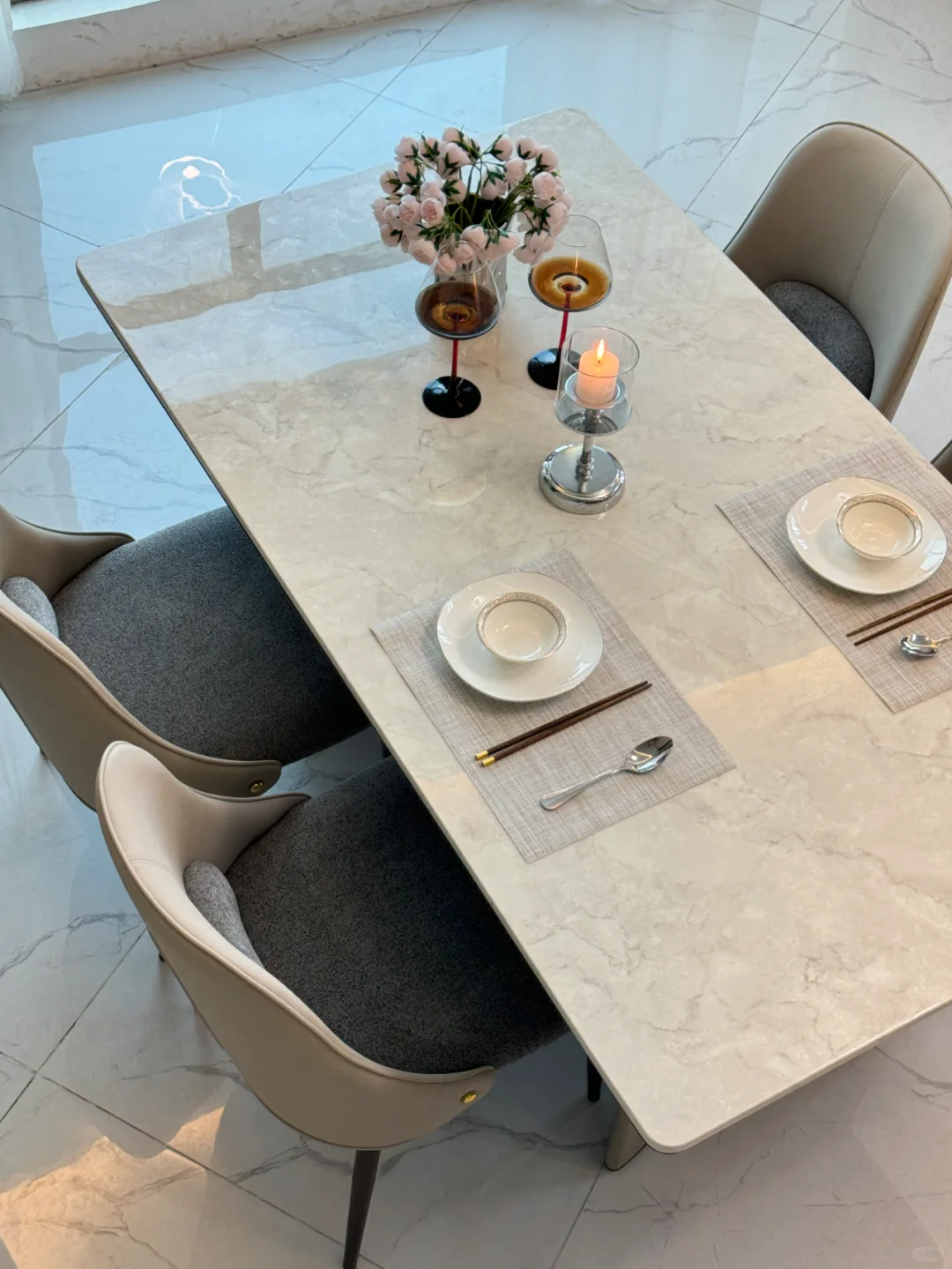
A dining table is not just for a meal but also a gathering place for family and friends. Choosing the right table and creating a beautiful and comfortable dining space can make people want to spend more time around the table. Marble is not an industrial product; its texture, color, and veins are the essence of nature, a gift from the earth. Each piece of marble is a treasure crafted by time.
Lillian Fortune East Stone
📧 Email: sales05@fortunestone.cn 📞 Phone: +86 15960363992 (Available on WhatsApp) 🌐 Websites: www.festonegallery.com | www.fortuneeaststone.com


